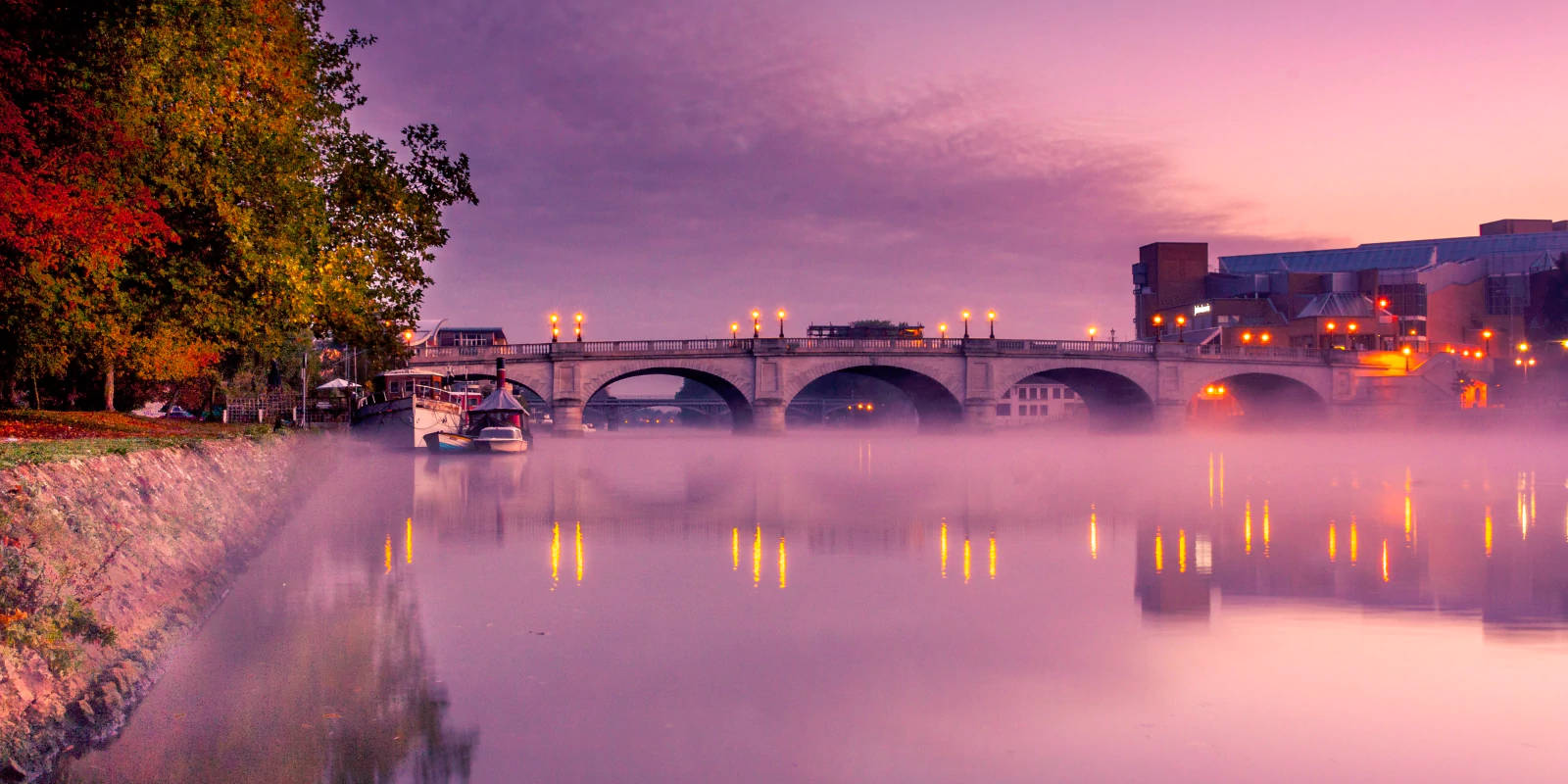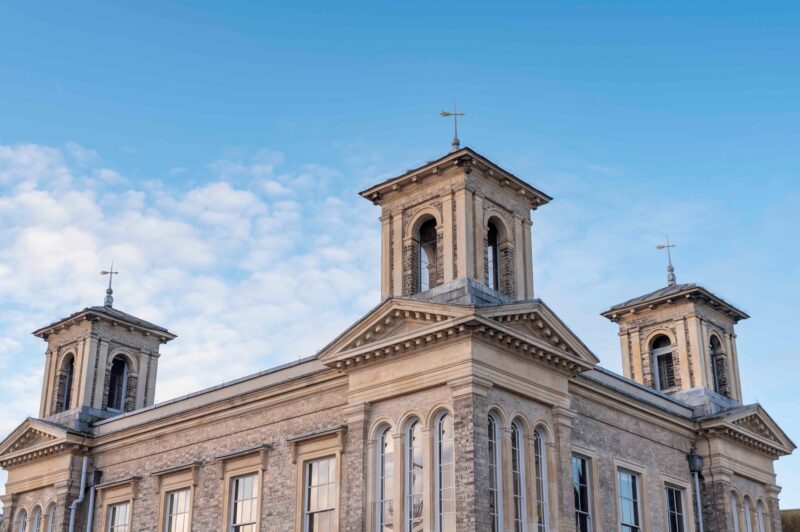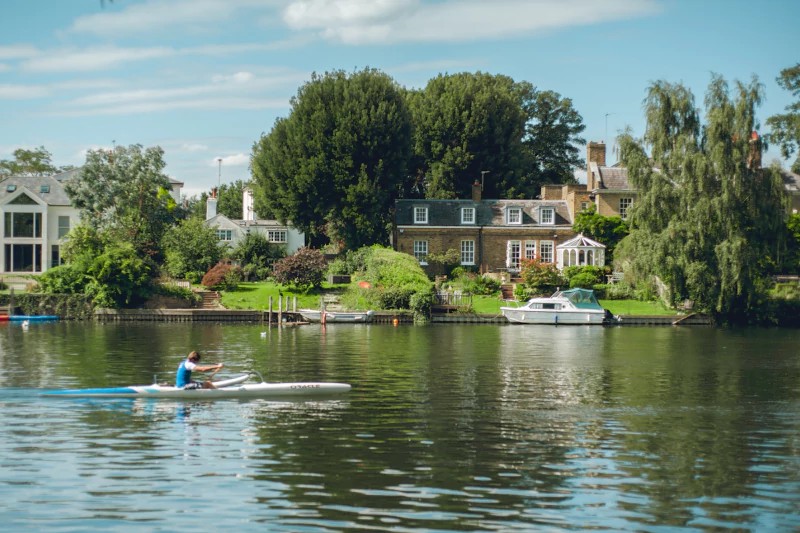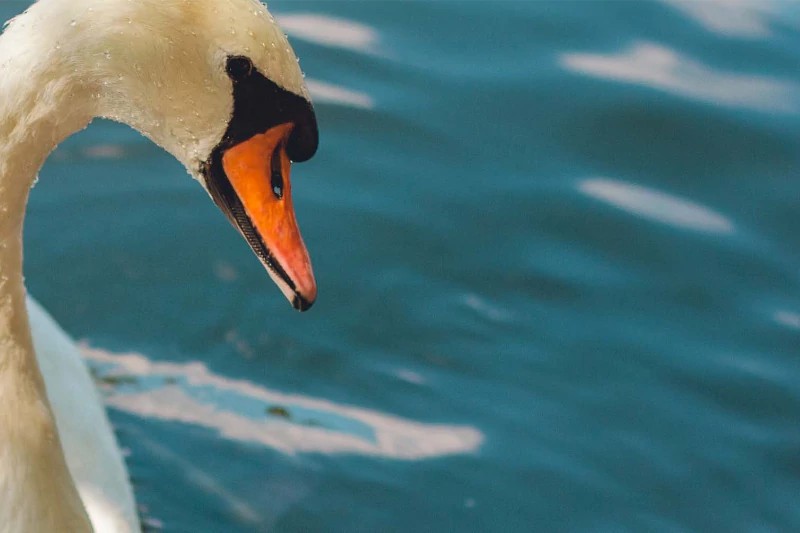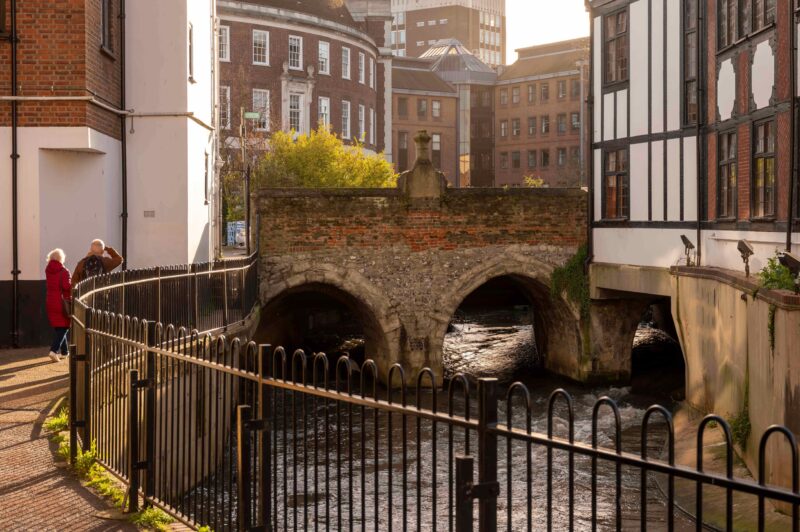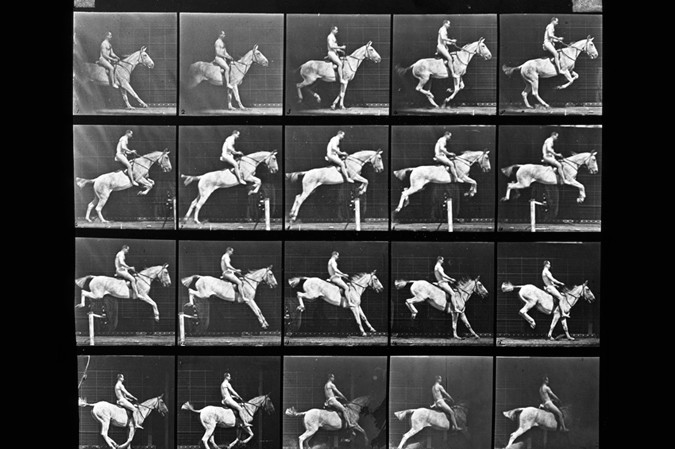Kingston is known as the coronation site of as many as 7 Saxon Kings and the birthplace of England. Many relics remain from its rich history including London’s oldest bridge – Clattern Bridge, the Coronation Stone purportedly used in the coronation of Saxon Kings as well as a medieval bridge and undercroft.
The name of Kingston itself is derived from a royal connection as it comes from the phrase ‘Cyningestun’, meaning a royal farm or estate. The very first reference to the town was made in 838 AD where details of a royal council presided over by King Egbert were documented.
Where England Began
Located in one of only 5 royal boroughs in England and Wales, our medieval market town’s royal connection dates back over a thousand years and as many as seven Saxon Kings are thought to have been crowned on the Coronation Stone, Kingston’s most historic landmark.
Up until 1730 the stone resided in a Saxon Chapel of St Mary in the grounds of the current All Saints Church. In 1730, the Saxon Chapel collapsed and the stone was moved to various locations including the old Elizabethan Guildhall in the Market Place and then onto Assize Courts yard.
In 1935 when the current Guildhall was built, the Coronation Stone was moved into the grounds next to the Hogsmill River and near the 12th century Clattern Bridge, thought to be the one of oldest intact bridges in England. The stone still stands there today.
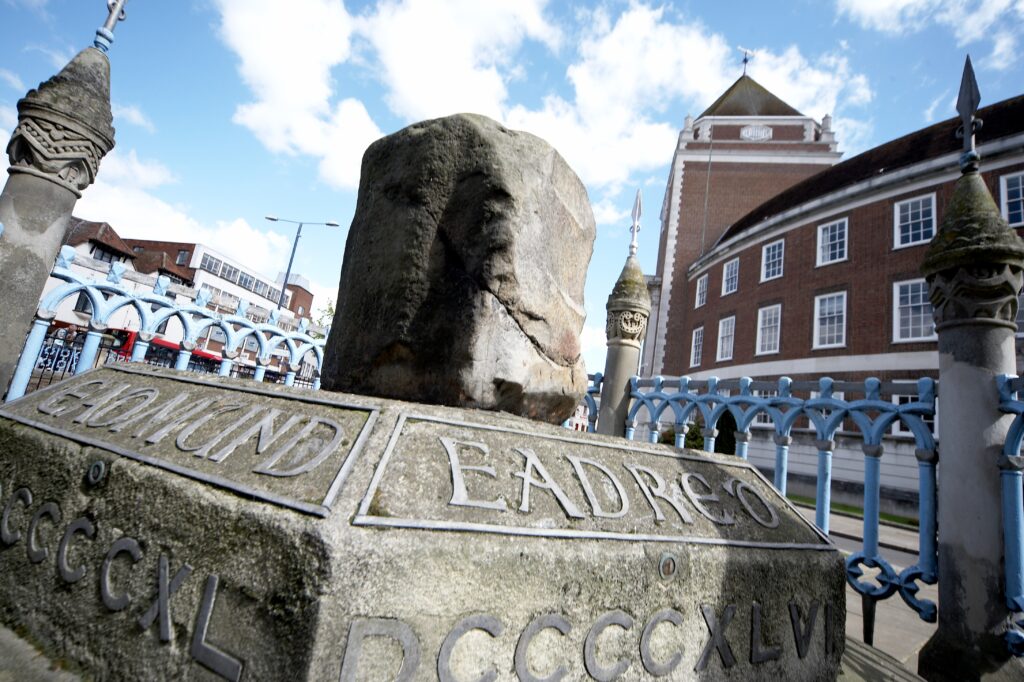
Clattern Bridge
Forming part of Kingston’s High Street, Clattern Bridge is the oldest surviving bridge in London. Thought to have been built way back in the 12th Century, the earliest known mention of the bridge is in a deed of 1293 with the beautiful stone arches, visible from downstream, thought to have been built around 1180.
Early references to the bridge use the Medieval name ‘Clateryngbrugge’, thought to have been a description of the sound of horse hooves crossing the bridge to and from Kingston Market.
The bridge doesn’t cross the river Thames, but rather the river Hogsmill, with it’s own claim to fame being that it appears in the John Millais painting of Hamlet’s Ophelia.
It was scheduled as an ancient monument on 16 February 1938 and its structure is now Grade I listed.
The Old Kingston Bridge and Undercroft
During the construction of the John Lewis department store in Kingston, a medieval bridge and undercroft were discovered.
The chalk and flint barrel-vaulted cellar or undercroft was originally beneath the old Rose and Crown Inn at the north end of Old Bridge Street. This was at a time when the only other bridge crossing the Thames nearby was London Bridge, until the building of Putney Bridge in 1729.
The Undercroft is only open to the public at certain times of the year, but the area and cellar space is currently being regenerated and developed by a partnership of Creative Youth, Kingston Council, John Lewis and appointed architects WR-AP, to be opened up for community and creative uses. Read more here.
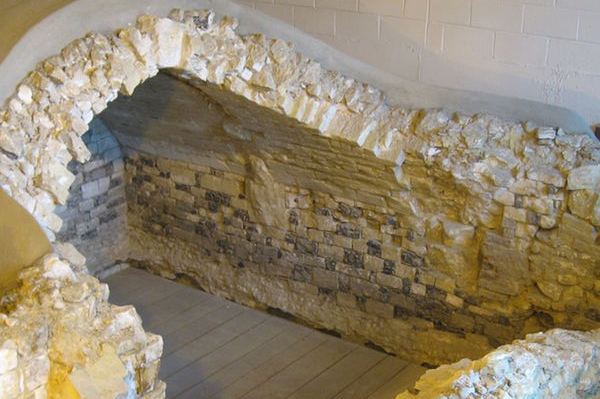
Eadweard Muybridge
Photography buffs can find a treasure trove in the form of Eadweard Muybridge’s personal collection at Kingston Museum. Muybridge is often revered as the ‘father of motion picture’, known for his pioneering work in the field of photography and motion-picture projection.
Kingston’s Aviation History
Kingston can also claim an important role in England’s aviation history with some of the most important aircrafts manufactured here by companies such as Sopwith, Hawker and British Aerospace, with the designs still used all over the world to this day. You can find out more about Kingston’s incredible aviation history through the Kingston Aviation Society.
Explore the past to find out more about Kingston’s heritage at Kingston Museum and History Centre. Click here to go to their website.



